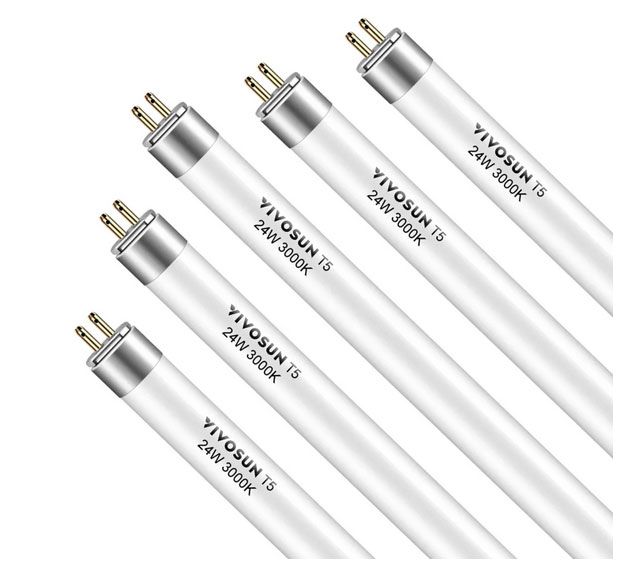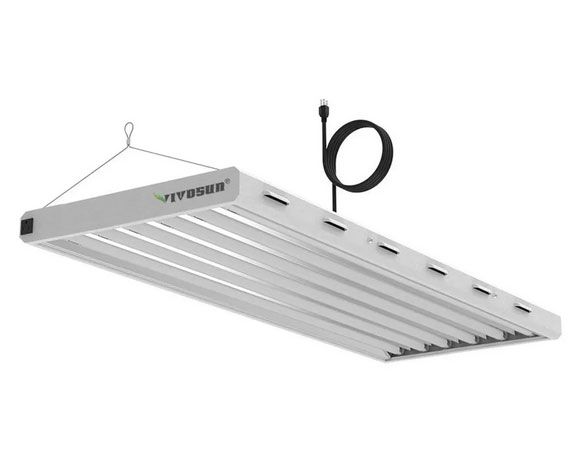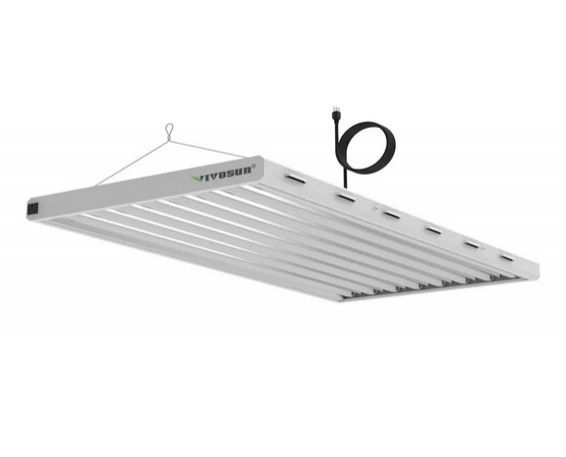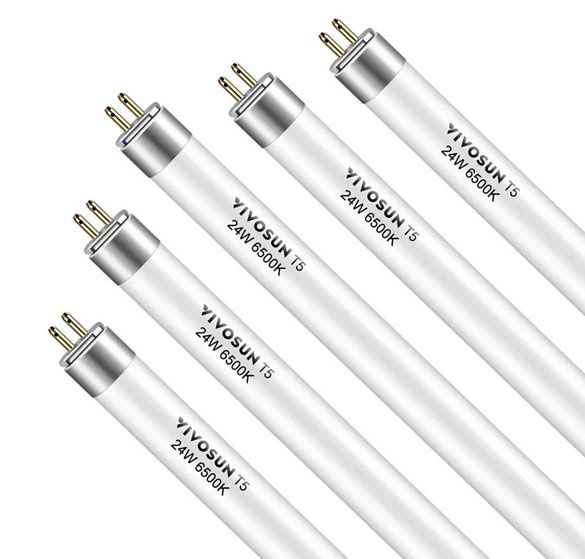Fluorescent Grow Lights
Fluorescent grow lights have become a popular option for indoor gardening, as they provide excellent light output and energy efficiency.
A fluorescent grow light is made up of a tube that contains mercury, which emits ultraviolet (UV) rays when electricity is passed through it. These UV rays are then converted into light that plants can use for photosynthesis.
Fluorescent Or LED Grow Lights - Which One Suits Your Plants Best?
Fluorescent grow lights (T6, T7, T10, T11, CFLs and HIDs) are much less expensive than HID and other high intensity discharge lights. They also do a better job of replicating the natural light environment of outdoors. They are available in a range of shapes and sizes, so it may be hard choosing the right one for you. Here s what I would consider the best for starting home vegetable growing:
The most popular fluorescent grow lights for home use are fluorescent grow lights for indoor gardening. You can use them for container, planters and hanging baskets. The fluorescent light tubes come in a range of lengths and shapes and can be used in several different ways. For example, you can directly place them under the leaves of your favorite plants or use them as back light fixtures to add drama to tall pots. If you want to try different ways of using your lights then why not purchase one of the many compact fluorescent grow lights available today. They have several settings to suit whatever you intend to grow indoors.
Some of these compact fluorescent grow lights use a metal oxide semiconductor which converts the light energy into heat energy, and then dims the lights. The heat coming from the emitted heat is enough to keep plant foliage alive during cooler months, and the higher the number of C-E diodes inside, the brighter the light. The energy is still very much within the safety parameters of FDA. When using these lights ensure that the plants you want to grow are not sensitive to any level of heat.
Another popular alternative to fluorescent bulb is the light emitting diode (LED) lights give off less heat than fluorescent bulbs but create much more lumens. They also consume half the wattage. On the other hand, the energy output of LED lights is measured in watts. A watt is one thousand watts, while a lumen is one million watts. Compared to other grow light types, the amount of lumens produced by LED lights give out a much brighter light. However, some plants need more heat for thriving, so it is always good to check with an expert if your plant needs more heat.
Grow lights also come in the form of compact fluorescent lighting. The energy consumption of this type of lighting is half that of LED lights, making them great for people who are budget conscious. These compact fluorescent lighting are available in different shapes and sizes. Some are longer and wider, while others are thinner and shorter. Plants can be well lit with this light source, especially for small spaces.
Some people prefer to use the incandescent light bulb since they find it more comfortable to use. They are most often found in areas where there is not any electrical outlet nearby. Incandescent light bulbs are also more expensive compared to the LED type. You can save money if you opt to replace an incandescent light bulb with the LED type. However, if you use a lot of electricity, you need to shell out more dollars in buying LED fixtures.
Regardless of what type of light your plant needs, fluorescent or LED, it is important that sufficient light is provided for plants to grow healthily. Choosing the right kind of light fixture will help provide the right amount of sunlight needed by plants to grow. Aside from choosing the right kind of bulb, you must also consider the wattage or the power consumption of the light source. Make sure that the wattage of your lights are suitable for the size of the area where you want to place it.




